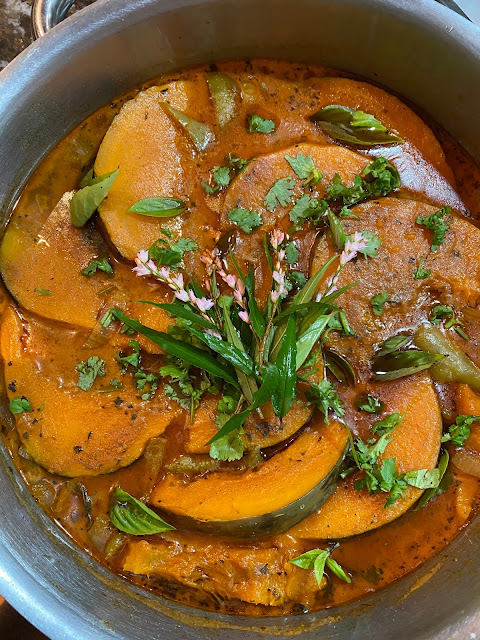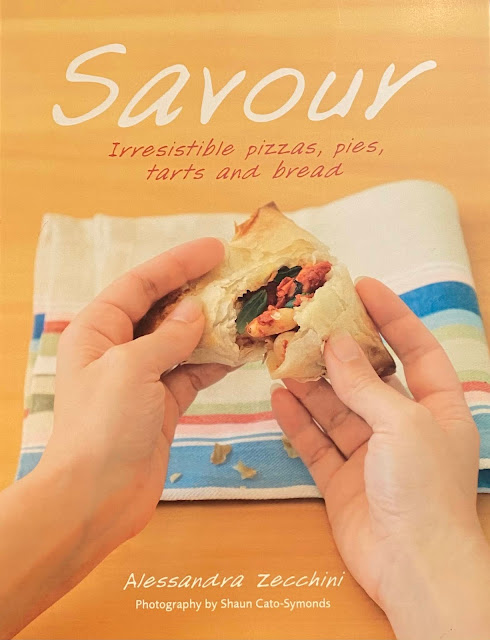Ingredients
1 x 250g pack of cream cheese (I used Philadelphia)
50g butter (I used salted butter, follow instructions if you use unsalted butter)
150ml cream
50 sugar
5 eggs (large)
80g self rising flour
lemon zest and juice
Apricot jam for the topping (optional)
Cube the cream cheese and butter and place into a mixing bowl with the cream and sugar. If you use unsalted butter add a very small pinch of salt too. Place the bowl on a pot with boiling water (Bain Marie) and mix well until all the ingredients are melted. Make sure that there are no lumps of cream cheese! Remove from the heat and then add the egg yolks, one by one, mixing well. In the meantime whip the egg whites to a stiff peak, and also heat the oven to 180C. Add flour to the main mixture, then lemon zest (1 lemon) and lemon juice (one or two tbsp, depending on your lemon - Mayer lemons are sweet so you need more, if you use a more acidic lemon one tbsp will suffice). Fold in the egg whites little by little. Pour into a 18cm round baking tin lined with buttered baking paper (on the bottom and side of the tin - I butter both the tin and the baking paper). Place the tin on a larger baking pan filled with 30-40cm of hot water and place into the oven. The cake will also bake at Bain Marie. Turn the heat down to 160C and bake for about one hour. Turn the oven off but do not remove the cheesecake: leave it to cool down in the oven with the oven door slightly open. Sadly it will drop a bit in heigh while cooling, but this is normal. I am not sure what kind of stabilisers commercial bakeries use to keep their baked cheesecakes super high, but this is more about taste, and the homemade does taste better! When the cheesecake has cooled down remove from the baking tin and if you like brush the top with a little apricot jam thinned with hot water.
I particularly like this cheesecake because it is so soft and not so sweet, so I can have it for breakfast with my coffee. For dessert instead I like to add some Italian amarena cherries in syrup, or some berries, fresh or frozen, marinated with a little sugar and lemon juice, to give it a bit more sweetness and flavour.
Photos and Recipes by Alessandra Zecchini ©


















